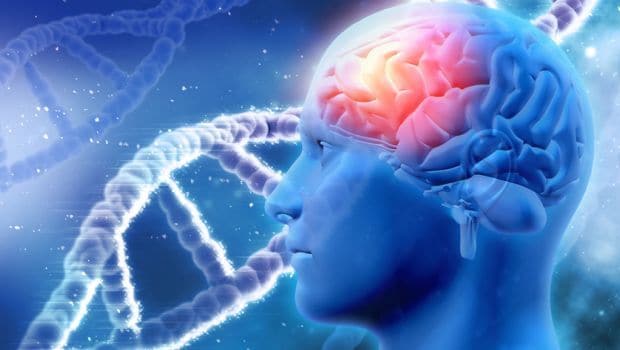Painkiller addiction or abuse is a serious issue, which is said to kill millions of people worldwide. Those drugs must always be consumed under limited quantities, and only when required. Now thanks to a study done by researchers at an University in Berlin, they have found painkillers without dangerous side effects.
The researchers used computational simulation to analyze interactions at opioid receptors - the cell's docking sites for painkillers. When used in an animal model, their prototype of a morphine-like molecule was able to produce substantial pain relief in inflamed tissues. However, healthy tissues remained unaffected, suggesting that the severe side effects currently associated with these types of painkillers might be avoided. The study was published in the journal Science,

There are different categories of painkillers, some mild and some strong, such as opioids. Strong painkillers are mainly used to treat pain associated with tissue damage and inflammation caused by surgery, nerve damage, arthritis or cancer. "By analyzing drug-opioid receptor interactions in damaged tissues, as opposed to healthy tissues, we were hoping to provide useful information for the design of new painkillers without harmful side effects," explained Prof. Dr. Christoph Stein, Head of the Department of Anesthesiology and Surgical Critical Care Medicine on Campus Benjamin Franklin.
In cooperation with PD Dr. Marcus Weber from the Zuse Institute Berlin, and with the help of innovative computational simulations, the researchers were able to analyze morphine-like molecules and their interactions with opioid receptors. They were able to successfully identify a new mechanism of action, which is capable of producing pain relief only in the desired target tissues - those affected by inflammation. Treating postoperative and chronic inflammatory pain should now be possible without causing side effects.
"In contrast to conventional opioids, our NFEPP-prototype appears to only bind to, and activate, opioid receptors in an acidic environment. This means it produces pain relief only in injured tissues, and without causing respiratory depression, drowsiness, the risk of dependency, or constipation," explained the study's first authors, Dr. Viola Spahn and Dr. Giovanna Del Vecchio. After designing and synthesizing the drug prototype, the researchers subjected it to experimental testing.
"We were able to show that the protonation of drugs is a key requirement for the activation of opioid receptors," conclude the authors.








